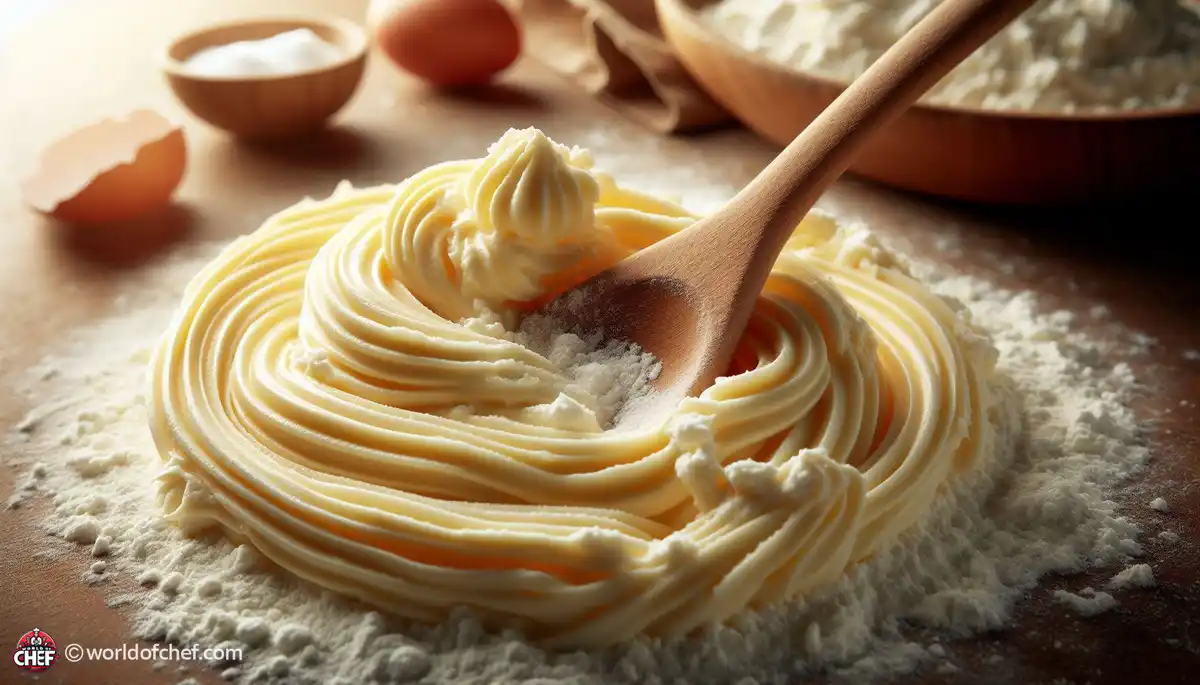
Simmering with Spices: Infusing Flavor into Your Dishes
Emery Donley - Oct 8, 2024 - 8 min read


Creaming butter and sugar is the most common introduction in most baking recipes for good reasons. This indispensable technique aeration in the mix makes your baked goods more light and tender. Well creamed mixes introduce aeration into the mix-a batter that will be free flowing and will yield in a better end product when done.
You have to prepare the right ingredients before you begin the creaming process. For this, the best ingredients are of high-quality unsalted butter and granulated sugar. Butter should be at room temperature so that it easily mixes with the sugar. If butter is cold, then it will be tough to cream and may not mix evenly.
The ideal butter-to-sugar ratio is what allows for successful creaming. While this can vary depending on the recipe, a general guideline is equal parts butter to sugar by weight. In this way, neither butter nor sugar is dominant and the mixture does not result in either greasiness or sweetness, thereby delivering the right flavor and texture to your baked goods.
Now that you have all of your ingredients, it's time to start creaming. Put the soft butter into a mixing bowl. Beat until smooth and creamy at a medium speed for about 2-3 minutes according to the butter temperature in the refrigerator. Scrape down the sides of your bowl occasionally for a total mix.
When you are using butter, it should be at the right temperature for successful creaming. Cold butter will not cream well with the sugar; it will result in lumps. Butter that is too warm may produce a greasy batter. Use butter that is cool to the touch and spreadable.
For one to cream the butter into the right consistency, the sugar should be added in stages. Adding all at once would weigh down the butter, and it would be very tough to incorporate air. Add it incrementally, let the addition blend completely before adding more.
One of the common creaming mistakes is to stop too soon. Beating butter and sugar sufficiently yields light fluffs. This mixes the aerated air, and you see lighter baked good material on your product. Consider pale colored with the creamy consistency of mix so you can move next level.
Scrape the sides of the mixing bowl frequently in the creaming process, ideally at regular intervals. This will ensure everything mixes well without pockets of unmixed butter or sugar at the bottom of the bowl. Scrape the bottom and sides of the mixing bowl with a rubber spatula to ensure uniform mixing.
Over-creaming is when the butter and sugar are overbeaten. This will lead to a very thick and greasy batter. Avoid this by watching the time spent on mixing and stopping once the mixture is light and fluffy. If you over-cream the mixture, you may add a tablespoon of flour to absorb some of the excess moisture.
Under-creaming happens when butter and sugar are not creamed together for a longer period, which results in a too dense and crumbly texture. You should realize that the mixture is not light and fluffy, so beat it for another minute or two.
Cold butter doesn't cream easily and results in a lumpy mixture. You can grate the butter on a cheese grater if you forget to soften the butter. This makes it soften more quickly so you can easily mix the butter with sugar.
Hotter temperatures in your kitchen would make the butter soft; hence it would be difficult to cream. For example, when you work in a warm environment, chill the mixing bowl and beaters in the fridge for some minutes before working. In this way, butter will not be too hot for creaming.
Add depth of flavor to your baked goods by infusing extracts during the creaming process. While vanilla is the most popular, you can use almond, lemon, or orange for a flavorful twist.
Citrus zest can also be added to the butter and sugar for an extra flavor. Zest of lemon, orange, or lime gives the baked good bright tangy notes that go well with pretty much every flavor.
While granulated sugar remains the classic choice for creaming, brown sugar infuses baked goods with such depth and richness. Since brown sugar contains molasses, it contributes to greater moisture and a faint, caramel-like flavor that ensures a soft and chewy texture.
While butter is the most common fat used for creaming, you can always experiment with other fats for unique results. Coconut Oil, shortening, or margarine can all be used as substitutes for butter, each imparting its own flavor and texture to your baked goods.
Mastering the art of creaming butter and sugar is a basis for light, tender, delicious cakes: Learn the basics of creaming, proper techniques, and how to rectify common issues in creaming butter and sugar. Experiment with different flavors, ingredients, and fats to determine your signature style and display mouthwatering treats for your family and friends.

Emery Donley - Oct 8, 2024 - 8 min read

Russell Comeaux - Oct 8, 2024 - 8 min read

Walter Backus - Oct 7, 2024 - 8 min read

Samantha Thames - Oct 7, 2024 - 6 min read